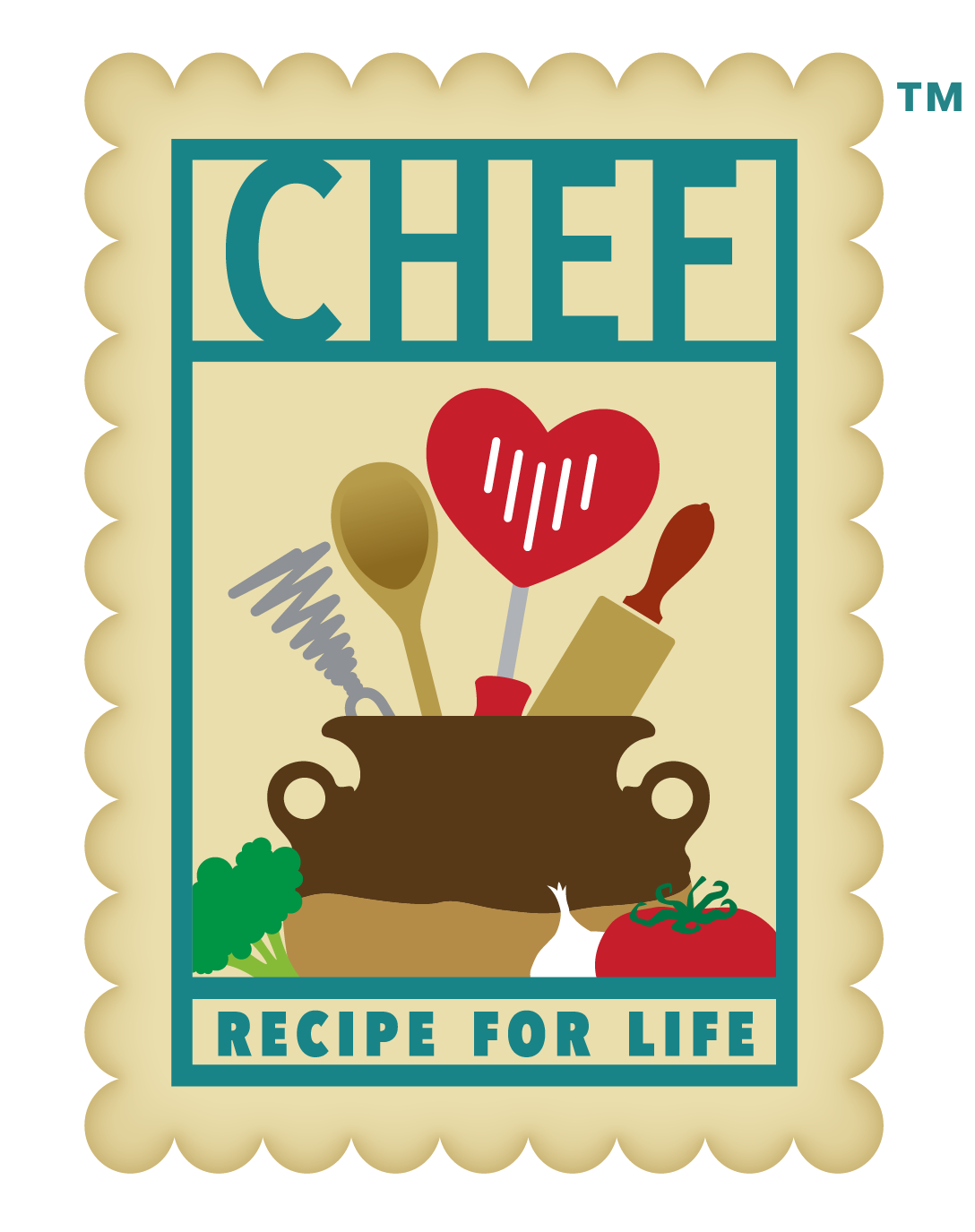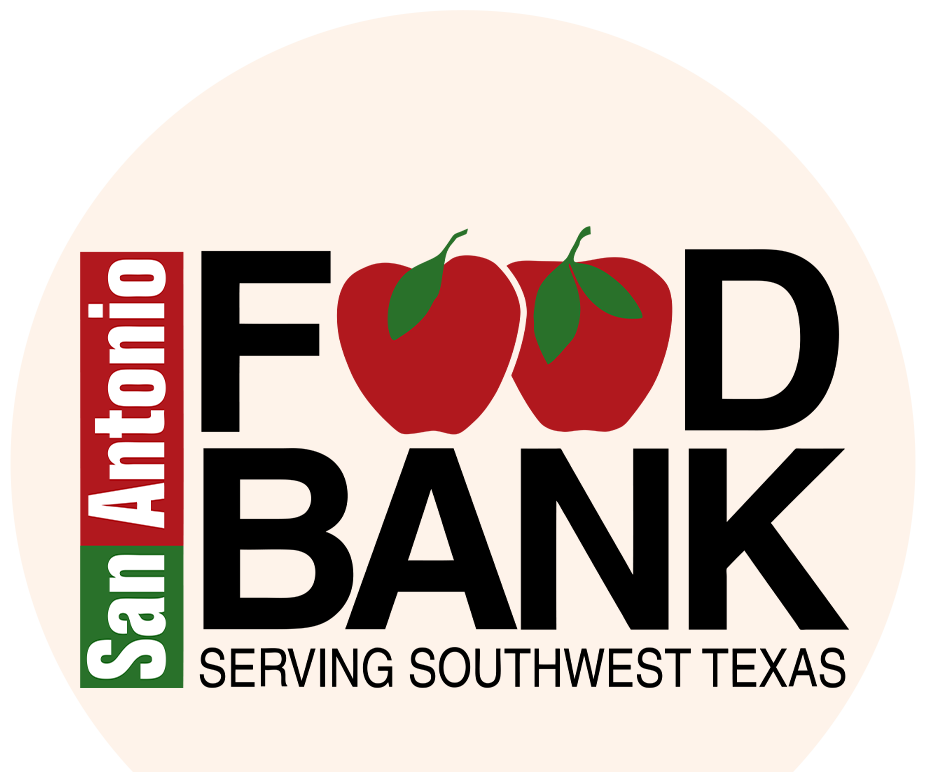excerpt from an article by Julie La Barba, MD, FAAP
read full article at Rivard Report
We all have our favorite foods and other foods that we dislike, but why? How does the taste of foods impact our eating habits and, in turn, our health?
Dr. Julie La Barba, a pediatrician at the Children’s Hospital of San Antonio and medical director for the new program Culinary Health Education for Families (CHEF), explored the connections between taste and food at the Children’s Hospital on Friday, Feb. 26, during a presentation to pediatricians, medical students, and the greater San Antonio health care community to demonstrate how taste impacts food preferences.
More than 14% of San Antonio’s population has diabetes – which is double the national 7% average, according to the American Diabetes Association. Eating healthier foods, having access to healthier foods and being aware of the medical health risks associated with consuming unhealthy foods is vital to the growing city.
To help guide the future of pediatric medicine within San Antonio, La Barba has committed to building a healthier food environment for children, and helping families, pediatricians and the community see how food, nutrition, and health can work together.
La Barba, along with CHEF’s Program Director Chef Maria Palma, presented how nature vs. nurture can impact a child’s preference for healthy or unhealthy foods.
Using educational videos and taste tests, La Barba and the local chef helped practitioners learn about taste and how it applies to medicine and healthcare.
“Taste preferences have cumulative effects on our overall health,” she said. “As a pediatrician, you are in a pole position to effect the ways family feed their children. They are looking to you for information.”
She went on to explain the medical science of how different foods can impact emotion and moods, and then had participants watch a film on neurogastronomy, showing how smell and sight tell the brain about taste and flavor…



